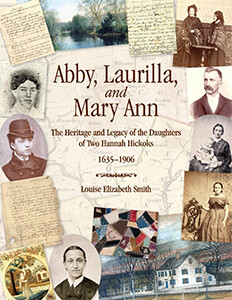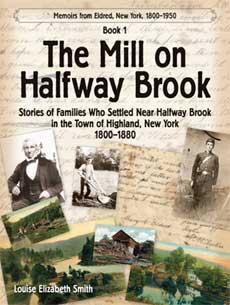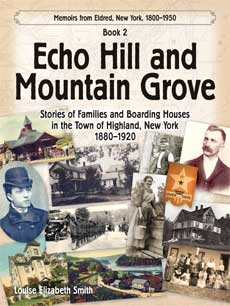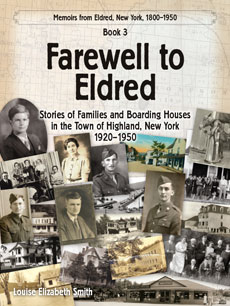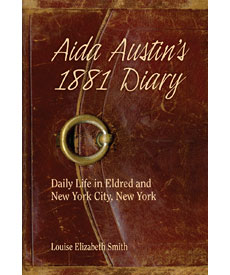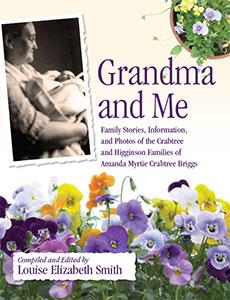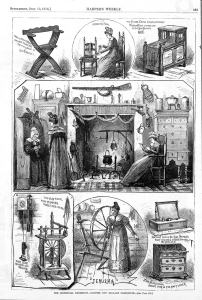
Hannah Hickok, daughter of David and Abigail Johnson Hickok, was not the usual teenager. A voracious reader, Hannah
(b. 1767) was usually a no-nonsense
person with strong opinions we learn in her 1784–1786 Journal/Diary.
Hannah mentioned her uncle Asa Hickok several times, including borrowing his geography book. Uncle Asa and Aunt Esther’s daughter Hannah Hickok was born in 1789.
April 1784: Indisposed, Discontented, and Ill
Very much indisposed and discontented I was on the first
Saturday in April.
Sunday though indisposed and discontented, I puzzled myself
whether it was best to drink tea,
and concluded it was not.
Monday I was in a better humor. I went to Uncle Hickok’s. Bella came here. Mama went to Southbury. I washed floors. Mama returned about six. I felt too lonesome to stay below. I am not now happy.
I have read Samuel Richardson’s, The History of Sir Charles Grandison, for several days—perhaps too much. The only advantage I have in reading Richardson’s style is it gives me patience to write, which otherwise I should not have.
The History of Sir Charles Grandison in a Series of Letters, London, 1753–54
Author Samuel Richardson created his leading male character Charles Grandison to be a morally better hero than Tom Jones in Henry Fielding’s, The History of Tom Jones.
Sir Charles Grandison rescued Harriet Byron when she was kidnapped by Sir Pollexfen after he was rejected by her. Pollexfen wanted to duel with Grandison. Mr. G. refused, saying that dueling was harmful to society. Pollexfen then apologized to Harriet and asked her to marry him.
But Harriet was in love with Grandison. However, long ago Grandison had promised to marry Clementina, who lived in Italy. Clementina had demanded Grandison, an Anglican Protestant, become a Catholic. Grandison would not, so there was no marriage.
Clementina’s parents asked Grandison to return and marry Clementina. Clementina said she would never marry a “heretic.” So Grandison returned to England and married Harriet.
English author Jane Austen (1775–1817), a strong admirer of Richardson, is said to have patterned Darcy in Pride and Prejudice, after Grandison. Hannah Hickok didn’t seem to have the same appreciation for Richardson.
Abby, Laurilla, and Mary Ann, pp. 67, 68.


